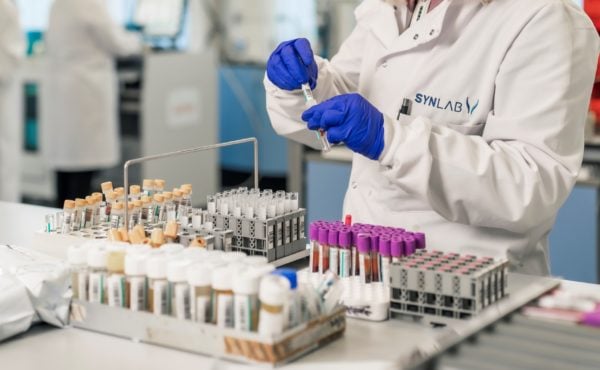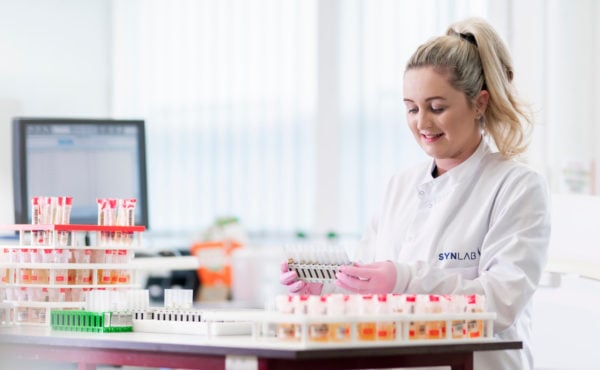Published: 29th October 2024 - All information correct at time of publication.

Breathalysers – Why we calibrate and how they work
Breathalysers have been around for nearly 100 years and have been used by the police for breath alcohol testing in the UK since October 1967. Back then they relied on blowing in a bag that contained crystals and looking to see if the colour changed to indicate alcohol in the breath. Today’s breathalysers are a lot more sophisticated and can give an accurate breath alcohol reading in around one minute. But how do they work and why do we need to calibrate them?
Improvements in technology
When someone blows through a breathalyser mouthpiece, a small portion of their breath is diverted into a measuring chamber where any alcohol present reacts with a catalyst made of platinum. This chamber is part of a fuel cell which generates electricity from the chemical reaction between alcohol and air. The rate the electricity is produced, and the voltage, allow alcohol to be identified with a very high degree of accuracy. Other substances that caused a false positive in the old blow-in-the-bag breathalysers do not give the same reaction profile and, therefore, do not give false positive results.
Semi-conductor breathalysers
Semi-conductor breathalysers are much cheaper than fuel cell breathalysers and work by detecting the change in resistance when alcohol is deposited on a reactive semiconductor surface. However, the breathalyser will also react to other substances in a user’s breath, for example, the acetone in the breath of some diabetics, and the reading is not accurate enough to make it legally defensible.
The platinum catalyst in the breathalyser or the electrolyte in the fuel cell can change slightly over time. This change is very small but we need to calibrate the breathalyser periodically to ensure it remains accurate.
Over six months we would expect the result to change by no more than 0.04‰ and so we calibrate the breathalyser to ensure any change in the result is eliminated. We use a calibration gas that contains a small but accurately known amount of alcohol and measure this repeatedly following strict criteria. Any changes in the breathalyser performance is corrected, thereby ensuring that the breathalyser can give accurate results for a further six months.
Fuel cell breathalysers
Fuel cell breathalysers, such as those we use or provide, are the same as those used by the police. They are very accurate and reproducible, meaning they are compliant with the International Standard for breathalyser devices (EN 15964) and we can have very high confidence in the measured alcohol content. Our calibration records also allow us to demonstrate that the instrument is fit for purpose, any positive result is legally defensible and it can be safely used to support your drug and alcohol policy.
If you get a positive alcohol result from one of your staff, you can be sure that the result produced will stand up to scrutiny and is sufficient to take disciplinary action.
Published 29/10/24. All information correct at time of publication.
Written by Dr. Richard Evers
SYNLAB Laboratory Services
Richard Evers | Research and Development Manager
Richard trained as a biomedical scientist at the Dudley Group of Hospitals and moved to Bethlem Royal Hospital in 2001 after completing a Masters in Analytical Chemistry and began specialising in toxicology.
He moved to King’s College Hospital in 2006 where he developed an automated LCMS method for drugs of abuse as part of a Professional Doctorate in Biomedical Science (DBMS) through the University of Portsmouth.
Richard joined SYNLAB Laboratory Services in 2010 where he has worked in management for both the toxicology and reporting scientist teams before moving into his current role as research and development manager. Richard is responsible for overseeing all method and development activities in toxicology.





